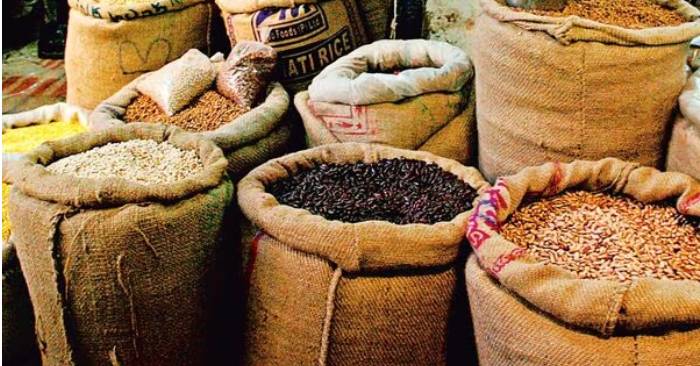Government Sets Rabi Foodgrains Production Target at 161 Million Tonnes for 2023-24

The Indian government has established a production target of 161.2 million tonnes (mt) for rabi foodgrains for the 2023-24 (July-June) crop year, as part of the overall national target of 332 mt for total food grains production.
According to the government’s third crop estimate, India’s foodgrain production for the 2022-23 season is estimated to be 330.5 mt.
The Ministry of Agriculture aims to achieve a record wheat output of 114 mt during the 2023-24 rabi season, compared to the 112.74 mt produced in the 2022-23 season, as per the government’s third advance estimate. Wheat sowing, a key rabi or winter crop, commences in October, with harvesting taking place in March-April.
The government also intends to bring 60% of the total wheat area, equivalent to 30 million hectares, under climate-resistant varieties to address the impact of changing weather patterns on agriculture.
Addressing a national conference on Rabi crops, Union Agriculture Secretary Manoj Ahuja emphasized the importance of climate-resilient seeds in the face of climate change, particularly given recent extreme heatwaves and uneven monsoon rainfall affecting crop quality and yields.
Ahuja also stressed the need for India to become self-sufficient in pulses and oilseeds production, which have witnessed declining output in recent years. The government’s priority is to implement agro-ecological-based crop planning, shifting land from surplus commodities like rice and wheat to deficit commodities such as oilseeds, pulses, and high-value export crops.
For the upcoming rabi season, production targets have been set at 18.1 mt for pulses and 14.5 mt for oilseeds. Additionally, targets for the entire season include 29.2 mt of pulses and 44 mt of oilseeds. In the 2022-23 season, pulses production reached 27.5 mt, while oilseeds output was 40.9 mt, based on the department’s third advance estimate.
To bridge yield gaps in crop production, the government has set a vision to achieve self-sufficiency in pulses and oilseeds production by 2025. Initiatives like inter-cropping, targeting rice, and expanding into high-potential districts and non-conventional regions are expected to increase domestic production of annual edible oilseeds from 36.2 mt to 54.1 mt and edible oil production from 8.5 mt to 13.6 mt by 2025-26, reducing import dependency from 56% to 36% in the next five years.
Fertilizer Secretary Rajat Kumar Mishra stressed the importance of timely fertilizer supply and balanced use of crop nutrients, highlighting the role of fertilizers as a critical crop input after water that significantly impacts production. Mishra mentioned that nano urea and DAP fertilizers represent the future of agricultural inputs.
The conference served as a platform to review and assess crop performance in previous seasons, set crop-specific targets for the rabi season in collaboration with state governments, ensure the supply of essential inputs, and promote the adoption of innovative technologies to enhance crop production and productivity.






